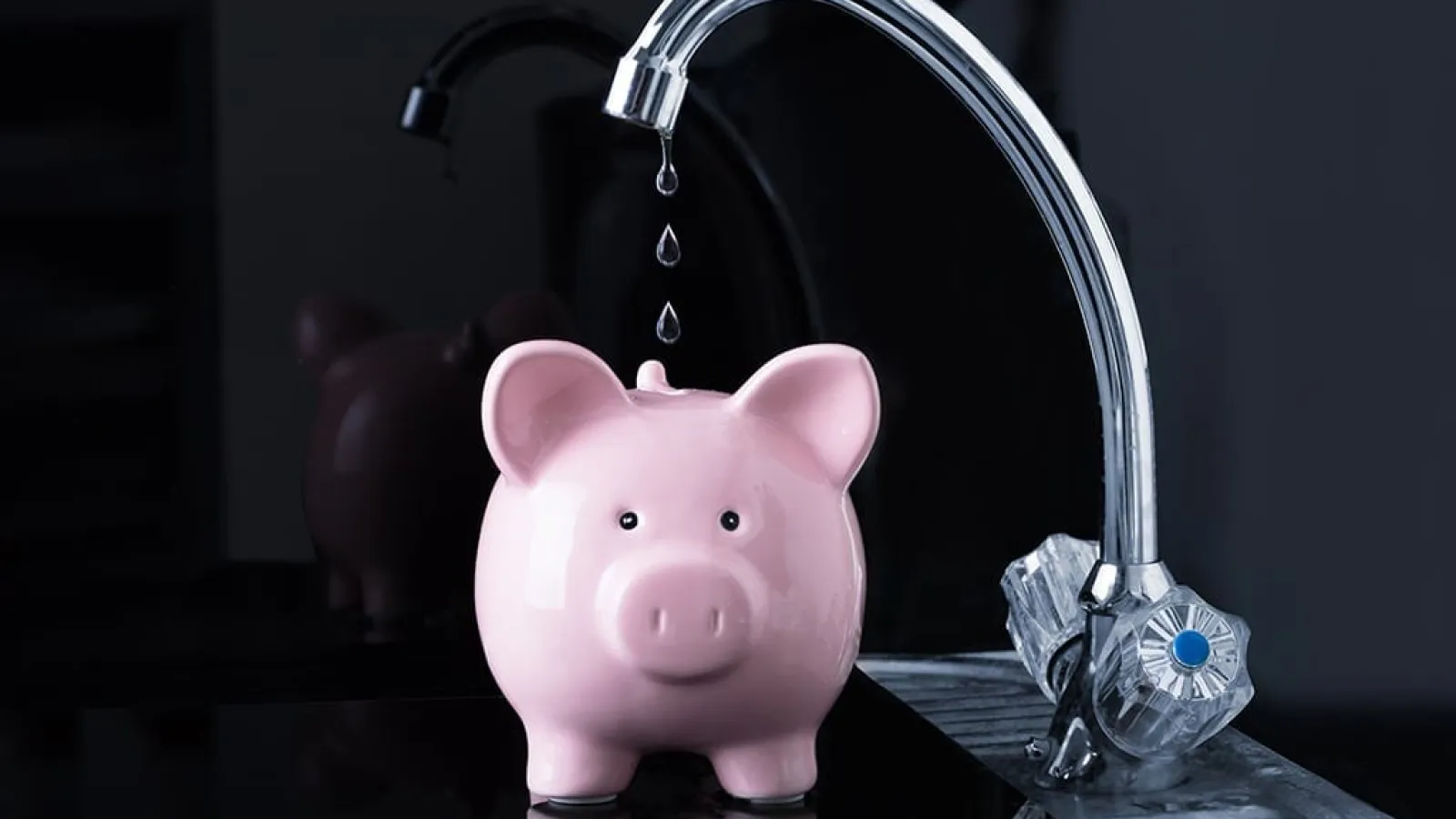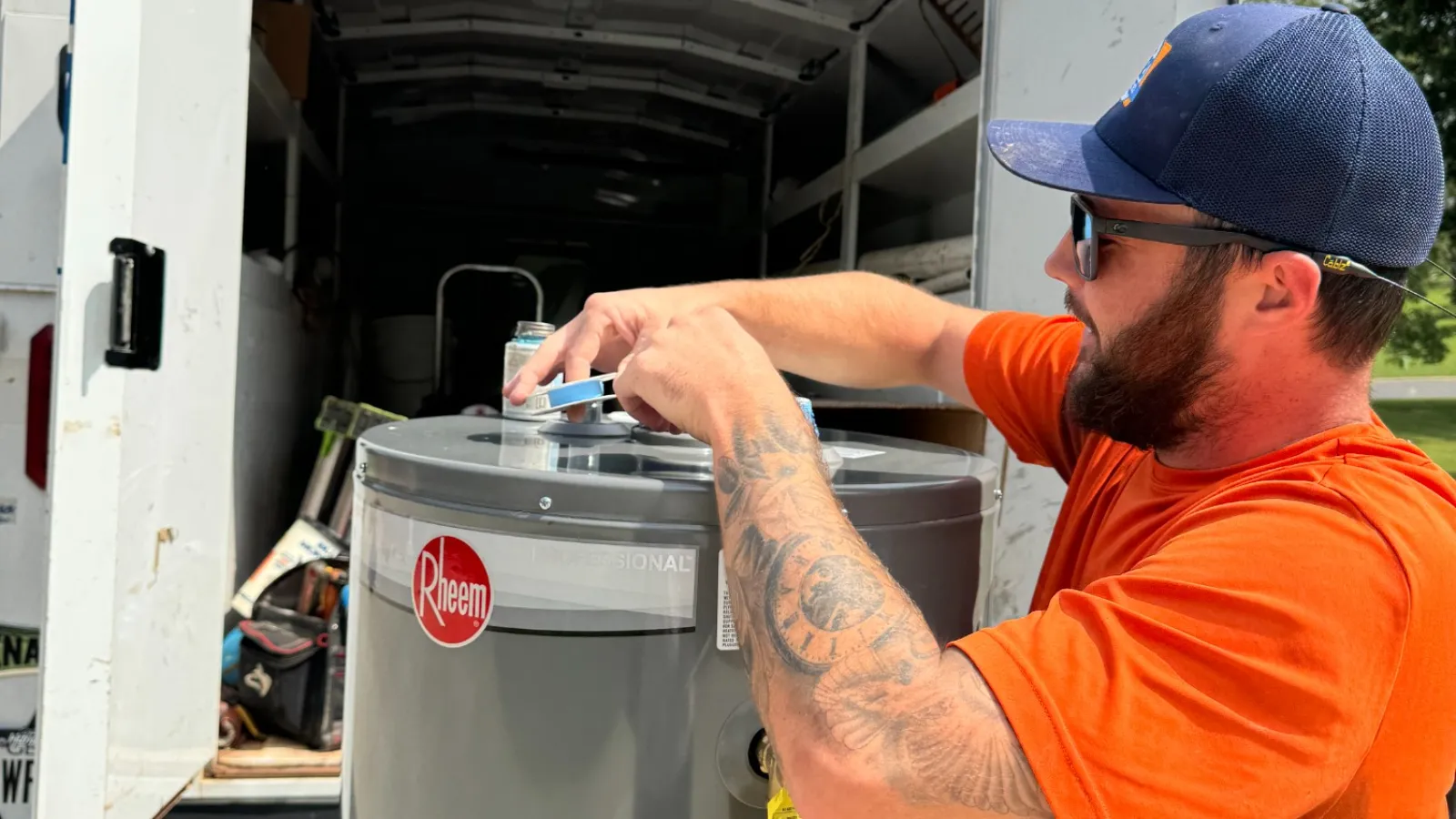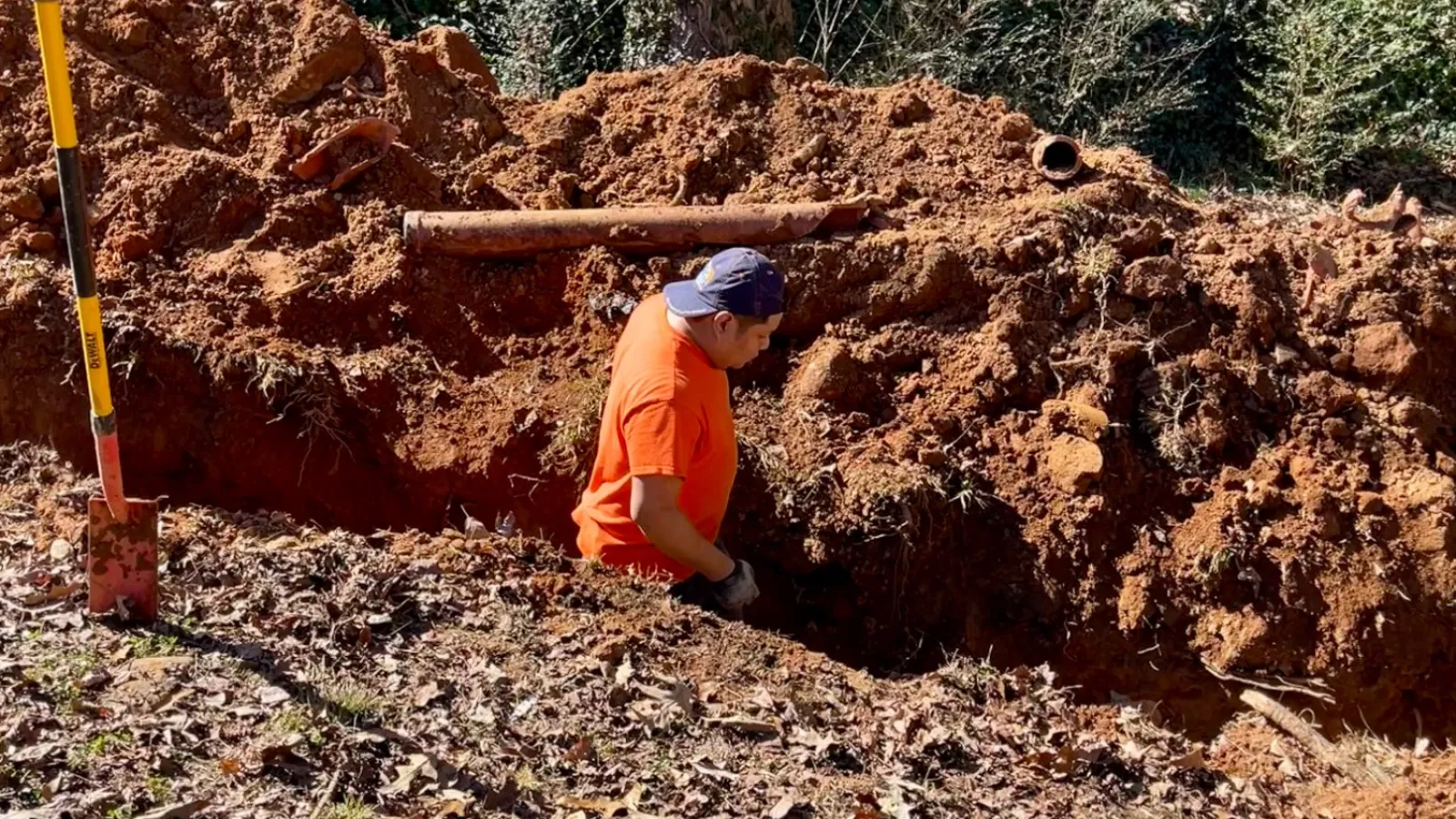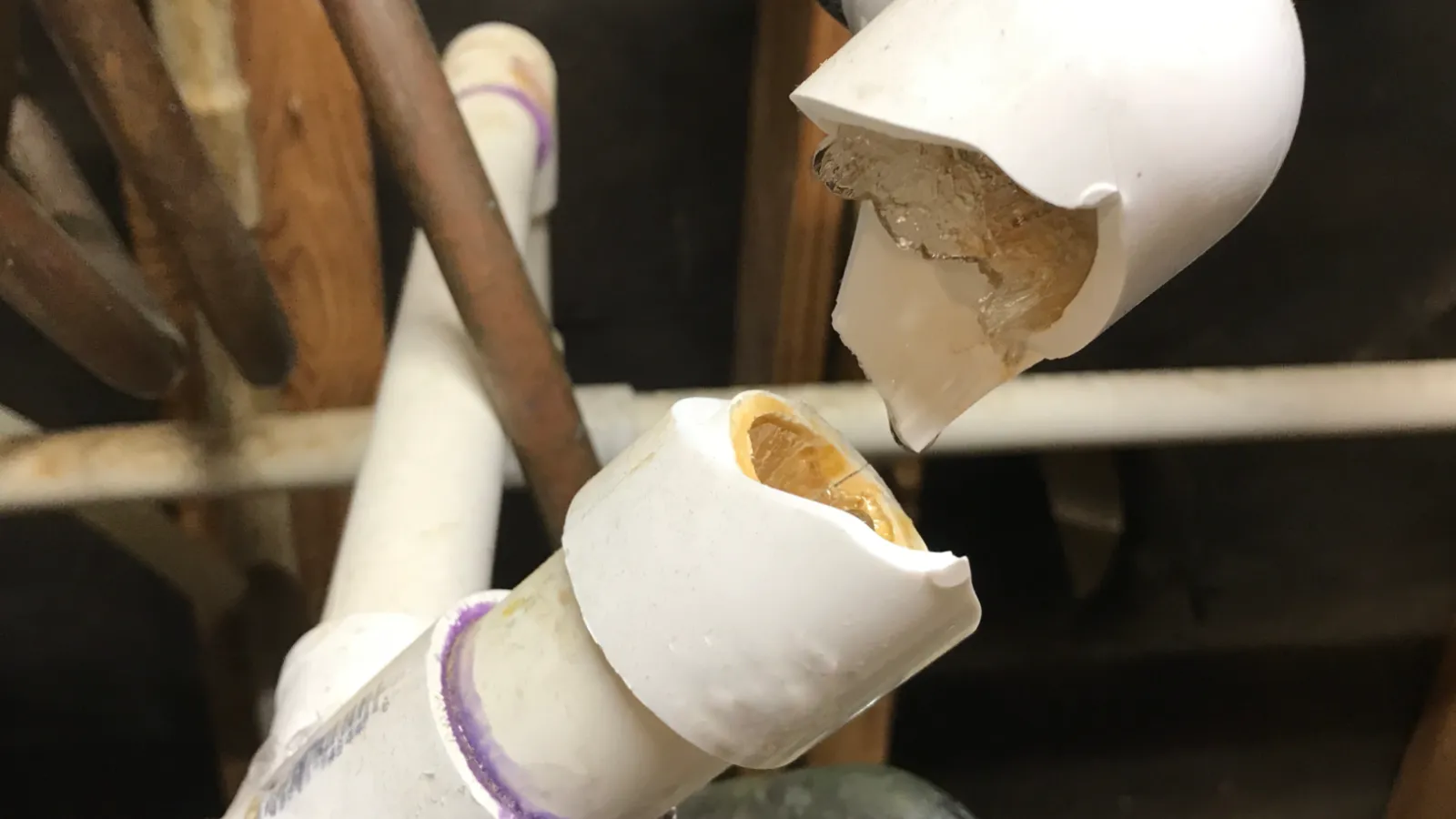Ask any plumber – conserving water just makes good sense. Water is a precious resource, and according to Plumbing Manufacturers International, water managers in 40 of 50 states expect shortages within the next 10 years. They cite drought, regional population growth, and aging water infrastructure as challenges to meeting demand.
Most of us enjoy a relatively low expense to provide water and sewer expenses to our homes, compared to other utilities. Unfortunately, many communities live with outdated water treatment and infrastructure facilities. The modernization of these systems will ultimately fall on consumers and taxpayers. Here’s what you can do today, to contribute to the solution.
First, ask a Plumber to Install Energy-Saving Fixtures
The WaterSense label designates water-efficient plumbing products. These save water responsibly. To meet the criteria, the product must be at least 20 percent more water-efficient than those meeting the federal water-efficiency standards. The federal standards are based on the 1994 Energy Policy Act.
Over the past decade, the Environmental Protection Agency estimates the purchase and installation of WaterSense toilets, showerheads, faucets, urinals, and other products saved more than two trillion gallons of water. These are quickly installed by a professional plumber and improve your usage immediately.
Replace Your Showerhead
Showers are a huge source of water use. Consider a water-efficient showerhead with an aerator. This will mix air into the water as it flows, allowing you to use less water with a nearly undetectable pressure change.
Upgrade or Replace Your Faucets
According to the EPA, faucets account for approximately 15 percent of indoor household water use. WaterSense faucets may reduce your use by around 20 percent. Take the extra step and install an inexpensive aerator into your faucet.
Many local utilities offer these as part of an energy-use audit package. They are easy to thread onto your faucets, and they reduce the amount of water needed to accomplish your task.
Replace Old Toilets
The Alliance for Water Efficiency and Plumbing Manufacturers Int’l conducted a study, which estimated about 360 billion gallons of water could be saved by replacing all older toilets with water-efficient models.
Therefore, if the toilets in your home have a manufacture date prior to 1994’s Energy Policy Act, they’re probably inefficient. Modern models consistently earn high consumer ratings, with no need to worry about flushing power.
Responsible Usage
Products can only take you so far. The EPA says modifying your habits is impactful, too. For example, turning off the tap while you brush your teeth saves as much as 3,000 gallons per year. Another example is to run your dishwasher only when it’s full.
Water your lawn only an inch a week when there’s no rain. Better yet, switch to less vegetation or more native plants. Vegetation indigenous to your area is naturally more drought-tolerant.
Plumber Assistance
Another responsible action is to fix leaks when they occur. Even if you don’t see a visible leak or drip, a dramatic increase in your water bill should alert you. The average family can waste 180 gallons per week, or 9,400 gallons annually from household leaks. More than 300 loads of laundry could be washed with the same amount of water.
So if you suspect a leak, call a licensed plumber from Estes Services to inspect and repair it. Our plumbers are equipped to handle a variety of jobs – please ask!




